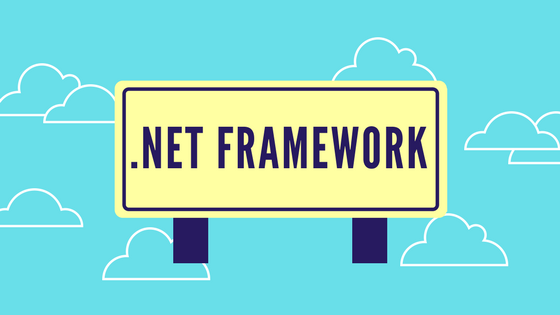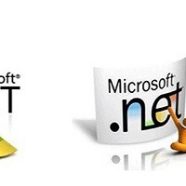.net language an overview
The platform of .NET is an essential segment of the Microsoft Windows OS for running and building cutting edge software programming applications as well as Web services. The development framework of .NET gives another and streamlined model for programming plus arranging and organizing applications on the platform of Windows. It offers such preferences and benefits as multiplatform applications, programmed and automatic resource management, as well as simplification of the application placement. As per security is a primary section of.NET, it gives security bolster, for example, code legitimacy check, resources get to approvals, imperative and declarative protection, plus cryptographic security techniques for inserting into the client’s application.

.NET gives a simple and basic object-oriented model to get approach to a significant portion of the Windows application software programming interfaces (APIs). It likewise provides a mechanism and components through which you might utilize the current native code. Moreover, it essentially broadens the development and improvement platform through giving technologies and tools to create Web-based distributed applications.
The .NET Platform:
The platform of Microsoft .NET comprises of four segments:
• .NET framework:
The .NET is a multi-language, application implementation condition that straightforwardly copes essential center infrastructure and foundation services. NET framework is an arrangement of numerous technologies and languages utilized for creating and developing elements to make Windows applications, Web services, and Web forms. It sustains and supports the life cycle of the software for maintenance, deployment, debugging and development of applications. The form of the .NET system that ships with the Visual Studio .NET 2003 is rendition 1.1. The .NET System is comprised of the accompanying parts:

• Common Language Runtime (CLR):
- Microsoft Visual Studio .NET 2003 integrated development environment
- Common Type System
- Windows Forms-based rich client applications
- ASP.NET Web Forms-based Web applications
- A group of class libraries for the building XML Web services
- Data and XML classes such as ADO.NET and XML
- NET-compliant languages
- Common Language Specification
- .NET Framework base class library
• Development Tools:
The tools, programming model, and development environment are provided by the Microsoft that is important to operate, deploy and build Web services with the applications, for example, Visual Studio .NET 2003.
• .NET enterprise servers:
The infrastructure of Microsoft .NET server is made up through the Microsoft .NET enterprise servers for operating, managing and deploying traditional applications and XML Web services. Microsoft Commerce and Microsoft SQL Server™ 2000 are the examples of enterprise servers.
• Foundation services of.NET:
A center arrangement of building block services that implement standard act and tasks as a reason for developers to expand upon. These services of the foundation are recognized as Microsoft .NET my services plus give numerous functions and features. A significant portion of the services of the foundation is facilitated (outsourced) services. A Microsoft .NET passport is an example of the presently accessible Web service.
Benefits of .NET:
The framework of .NET gives the accompanying benefits:
• A reliable, object-oriented computer programming condition.
• A code-execution condition that:
- Endorses safe implementation of the code.
- Removes the execution issues of interpreted or scripted situations.
- Limits software programming versioning and deployment clashes.
• A steady experience for both clients and the developers crosswise over different sorts of web-based and windows based applications in light of various gadgets.
• Correspondence-based on the business measures to guarantee that code given the .NET System can incorporate with some other code.







Recent Comments